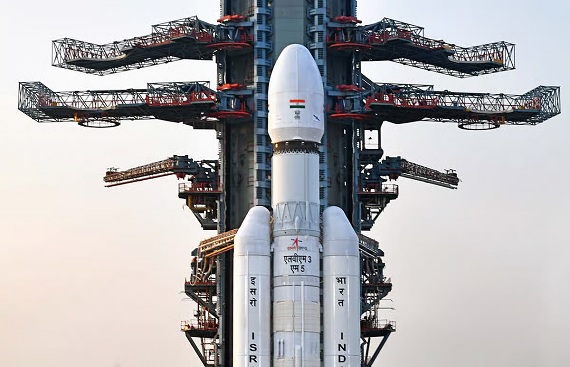ISRO Launches GSAT-7R to Boost Navy's Communication in Indian Ocean

- ISRO deploys its heaviest communication satellite from India
- GSAT-7R to enhance Indian Navy’s secure links across the Indian Ocean
- Mission features successful cryogenic stage re-ignition in orbit
ISRO successfully launched the 4,410kg GSAT-7R communication satellite, designed to significantly boost the Indian Navy’s communication network across the strategic Indian Ocean Region (IOR). The satellite was launched onboard the LVM3-M5 rocket from the Satish Dhawan Space Centre in Sriharikota.
This was the fifth operational flight of the LVM3 rocket. The mission also featured a successful re-ignition of the cryogenic upper stage while in orbit, a key technological milestone. About 16 minutes after liftoff, the satellite was placed in a sub-Geosynchronous Transfer Orbit (sub-GTO) with a perigee of 26,700km.
GSAT-7R will replace the GSAT-7 (Rukmini) satellite launched in 2013, further strengthening the Navy’s operational capabilities. It carries multiple advanced transponders capable of supporting voice, data, and video communications across UHF, S-band, C-band, and Ku-band frequencies. These will provide secure, high-bandwidth links between ships, submarines, aircraft, and Maritime Operations Centres.
The satellite also features several indigenous technologies, including a 1,200-litre propulsion tank and collapsible antenna systems. “All systems are functioning normally, and the satellite is healthy”, confirmed UR Rao Satellite Centre Director M Sankaran.
Also Read: ISRO & HAL Join Forces to Boost Small Satellite Launch Vehicle Production
V Narayanan, Chairman of ISRO, said, the rocket’s payload capacity was increased by 10% for this mission. He added that the team achieved success despite challenging weather conditions. The GSAT-7R has an operational life of 15 years.
